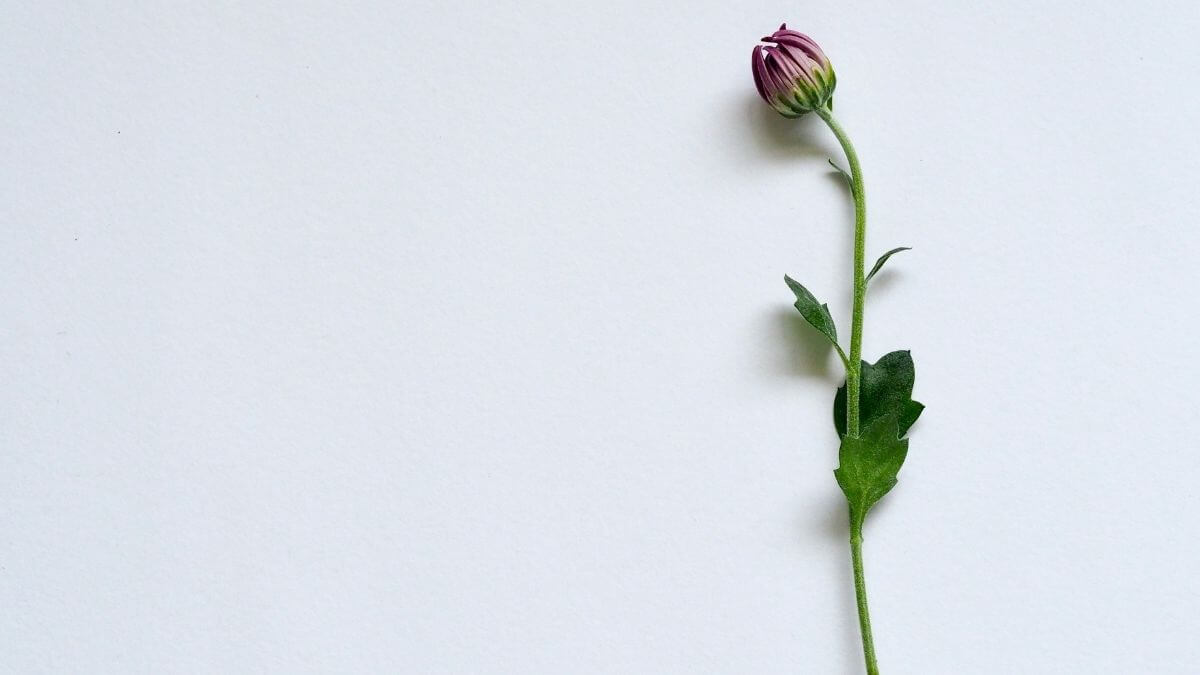Linda, bonita and hermosa are perfect words for complimenting a girl. Although they have the same purpose, these words are not exactly synonyms. As a result, you will need to use each of them depending on what you want to say. So what’s the difference between ‘bonita’, ‘linda’ and ‘hermosa’ in Spanish?
These adjectives express different degrees of beauty. Bonita means ‘pretty’, ‘lovely’ or ‘nice’. Linda means ‘sweet’, ‘nice’ or ‘cute’ and it talks about attractiveness in an endearing way. Hermosa expresses a higher degree of beauty. It means ‘beautiful’ or ‘gorgeous’.
‘Linda’, ‘hermosa’ and ‘bonita’ are very useful for complimenting a woman but also to describe objects. For that reason, in the following sections, we’ll talk about the difference between these words and the situations where you can apply them.
We’ll also provide examples and phrases structures that you can use to apply these words to your conversations. By the end of this, you will be able to choose the best word to describe an object or to compliment women.
What’s the Difference Between ‘Bonita’, ‘Linda’ and ‘Hermosa’?
In Spanish, ‘linda’, ‘bonita’ and ‘hermosa’ are adjectives that can be used to describe a girl or object’s attractiveness. However, these words are distinguished by expressing a different level of beauty.
Linda can be used to describe both a good physical appearance and personality. Although it also describes attractiveness, it’s not as strong as ‘bonita’ or ‘hermosa’. It means ‘cute’, ‘nice’ or ‘sweet’.
¡Te ves muy linda, Sam!
You look very cute, Sam!
Sofía y su hermana fueron muy lindas conmigo
Sofia and her sister were very sweet to me
Bonita is used to describe an object’s or a girl’s beauty. Unlike ‘linda’, ‘bonita’ doesn’t describe personality. Depending on the context, it can be translated as ‘pretty, ‘nice’ or ‘lovely’.
La novia de Joe es muy bonita
Joe’s girlfriend is very pretty
Ayer vimos una película muy bonita
Yesterday we watched a very nice movie
Finally, hermosa expresses a high level of beauty. Since it’s very strong, this word may not be as popular as ‘bonita’ or ‘linda’. ‘Hermosa’ is the direct translation of ‘beautiful’ and ‘gorgeous’.
Hola, hermosa, ¿cómo te va?
Hey, gorgeous, how is it going?
Mi amor, te ves hermosa con ese vestido
You look beautiful with that dress, my love
Now that you have a general idea about these words, let’s see when it’s more appropriate to use them. Remember that the usage of these adjectives may vary depending on the Spanish speaking country.
How & When to Use ‘Linda’ in Spanish
In Spanish, we can use the adjective ‘linda’ to describe the physical appearance of an object or a girl. Unlike ‘bonita’ and ‘hermosa’, linda talks about attractiveness in an endearing way. As a result, it may not be as strong as other adjectives.
On top of this, when talking about a person, ‘linda’ can also be used to describe their personality. Depending on the context, this Spanish adjective can be translated as ‘cute’, ‘nice’ or ‘sweet’. Here are some common verbs that you can use with ‘linda’:
- Ser – To be
- Estar – To be
- Verse – To look
[Conjugated verb] + (adverb) + linda
Esas flores están lindas
Those flowers are very nice
La chica nueva es muy linda y divertida
The new girl is very cute and fun
Mariana y Lucía se ven muy lindas hoy
Mariana and Lucia look very cute today
Another common way to use ‘linda’ is in building expressions with ¡qué…!
Ay, gracias, ¡qué linda!
Oh, thank you, how sweet!
Qué linda es el prima de María
How nice is Maria’s cousin!
How & When to Use ‘Bonita’ in Spanish

‘Bonita’ is also used to describe a woman or object’s physical beauty. If you need to grade them, ‘bonita’ is not as strong as ‘hermosa’, but it definitely surpasses ‘linda’. Since it’s translated as ‘pretty’, ‘lovely’ or ‘nice’, ‘bonita’ is used to talk about attractiveness in a delicate way.
[Conjugated verb] + (adverb) + bonita
Esta vista es muy bonita
This view is quite lovely
La casa que compraste está muy bonita
The house that you bought is very pretty
Cuando era joven, tu tía era muy bonita
When she was young, your aunt was very pretty
En clase de español hay muchas chicas bonitas
In my Spanish class, there are a lot of pretty girls
Take Note: Just like ‘linda’, when using bonita to talk about attractiveness, you can use the verb ‘ser’, ‘estar’ and ‘verse’. Additionally, you can also use expressions built with ‘¡qué…!’.
¡Qué + bonita + (conjugated verb)!
¡Qué bonita te ves!
You look so pretty!
¿Quién es la chica nueva? ¡Qué bonita está!
Who is the new girl? She is very pretty!
How & When to Use ‘Hermosa’ in Spanish
When it comes to describing an object or a woman’s beauty, hermosa is one of the strongest Spanish adjectives. Since this word is the direct translation of ‘beautiful’ and ‘gorgeous’, it expresses a higher degree of physical beauty than ‘bonita’ or ‘linda’. As a result, ‘hermosa’ may not be used as often as these words.
[Conjugated verb] + hermosa
Mi amor, te ves hermosa
You look very beautiful, my love
Esta hermosa dama es mi esposa
This beautiful lady is my wife
La bebé de mi hermano está hermosa
My brother’s baby is gorgeous
Anne es muy hermosa e inteligente
Anne is very beautiful and smart
Take Note: In Spanish, ‘hermosa’ and ‘bonita’ are commonly used as an affectionate and informal way to talk to women. This use is very popular among friends and clerks.
Hey, hermosa, ¿qué quieres hacer mañana?
Hey, gorgeous, what do you want to do tomorrow?
De nada, hermosa, ¿necesitas algo más?
Your welcome, gorgeous, do you need something else?
Wrapping Up
In Spanish, linda, hermosa and bonita can be used to describe an object or a woman’s attractiveness. But as we learned in this article, these adjectives are not synonymous: each one of them implies a different level of beauty. As a result, depending on what you want to say, you will need to use one or the other.
We learned that ‘linda’ can be translated as ‘cute’, ‘nice’ or ‘sweet’. Therefore, we can use this word to describe a girl’s personality or her beauty in a very endearing way. ‘Bonita’ is right in the middle of ‘linda’ and ‘hermosa’. This adjective focuses on physical attractiveness and it means ‘pretty’, ‘lovely’ or ‘nice’.
‘Hermosa’ means ‘gorgeous’ or ‘beautiful’. As a result, it’s stronger than ‘linda’ or ‘bonita’. Remember that these words are also used to describe objects.
Now, you’re ready to go out there and start using these words properly.
Related Resource: Different Ways to Call a Girl Beautiful in Spanish



